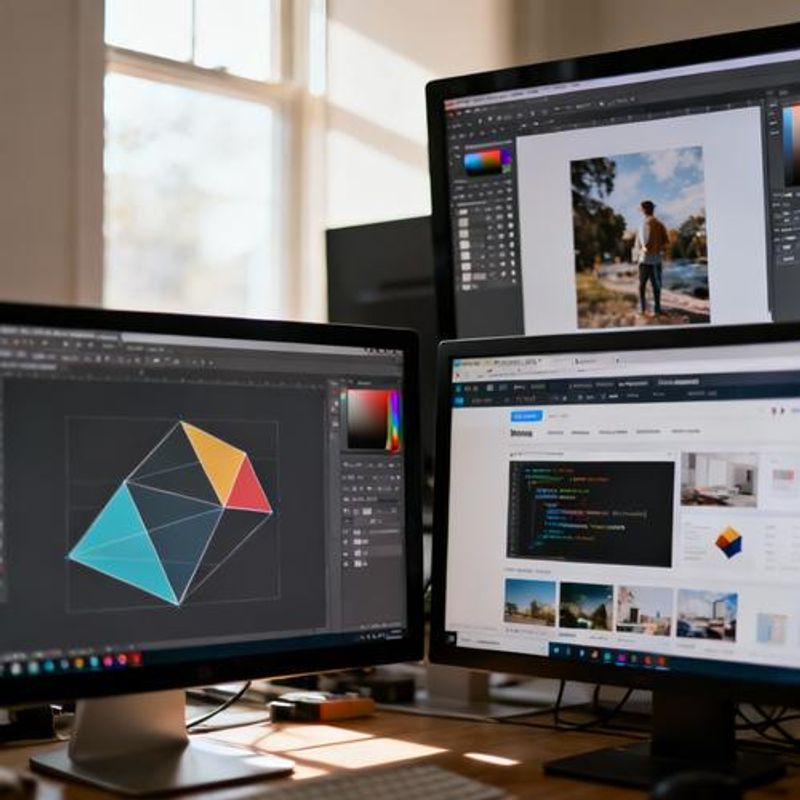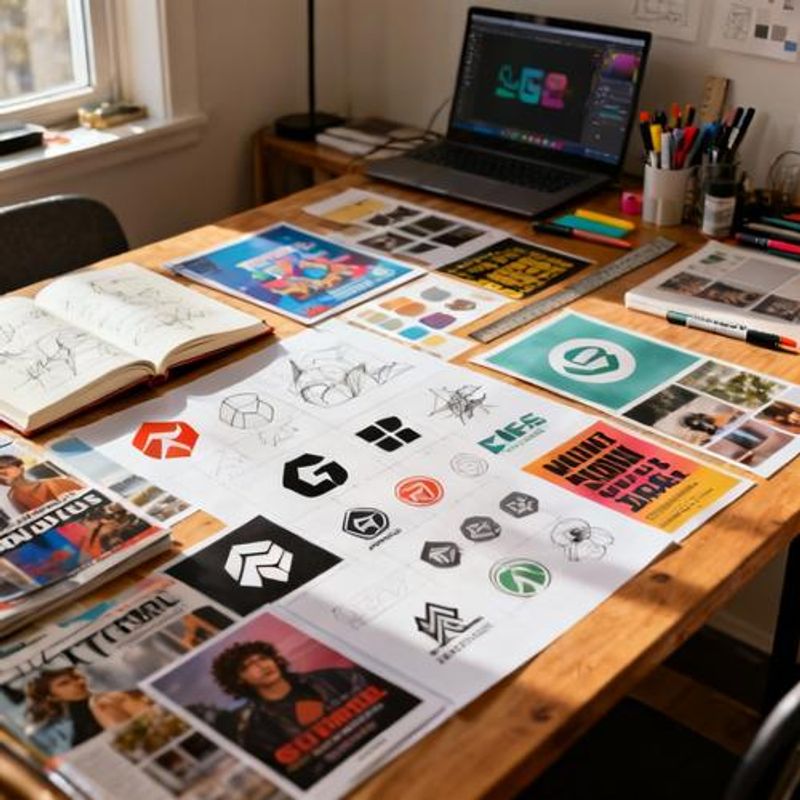Complete Design Toolkit Guide for Beginners: Essential Tools and Resources to Start Your Design Journey

Starting your design journey feels overwhelming when faced with countless software options, endless tool recommendations, and conflicting advice about what's "essential." This comprehensive design toolkit guide cuts through the noise to provide you with a curated, budget-friendly collection of tools that will serve you from your first project to professional-level work. Whether you're a student exploring design or switching careers, you'll discover exactly which tools to prioritize, how to access them affordably, and practical ways to master each one without breaking the bank.

Why Building the Right Design Toolkit Matters for Beginners
Many design beginners make the costly mistake of either buying expensive software they don't need or struggling with inadequate free tools that limit their creativity. The wrong design toolkit can derail your learning progress, drain your budget, and create unnecessary technical barriers. As a design student or beginner, you need tools that grow with your skills while remaining accessible. This guide addresses the most common pain points: budget constraints, software overwhelm, learning curve anxiety, and the fear of investing in tools you might outgrow.
Essential Design Toolkit Components: Quick Reference
Your beginner design toolkit should include these four core categories, each serving a specific purpose in your creative workflow:
- Design Software: One primary tool for your chosen specialization (graphic design, web design, or illustration)
- Hardware Essentials: Reliable computer, external monitor, and input device (mouse or graphics tablet)
- Resource Libraries: Font collections, stock photos, icons, and design templates
- Learning Resources: Tutorials, design communities, and skill-building platforms

Software Recommendations by Design Specialization
Choose your primary software based on your design goals. For graphic design beginners, start with Canva Pro for immediate productivity, then transition to Adobe Illustrator or Affinity Designer as your skills develop. Web design students should begin with Figma (free) for UI/UX work and add Webflow for no-code website building. Digital illustration newcomers can explore Procreate on iPad for intuitive drawing or Krita (free) on desktop for advanced features. Photography enthusiasts should consider Adobe Lightroom for photo editing or Luminar as an AI-powered alternative.
Budget-Friendly Hardware Setup Guide
Your hardware doesn't need to break the bank. Start with a computer that meets minimum requirements: 8GB RAM, dedicated graphics card (even entry-level), and color-accurate display. A 24-inch external monitor improves productivity significantly. For input devices, a basic graphics tablet like Wacom Intuos starts around $60 and transforms your digital drawing experience. Invest in a quality mouse for precision work. Consider refurbished equipment from reputable sellers to maximize your budget.
Free and Affordable Design Resources
Build an impressive resource library without spending hundreds on assets. Google Fonts provides thousands of free, commercial-use typefaces. Unsplash and Pexels offer high-quality stock photography at no cost. IconFinder and Flaticon supply vector icons for every project. Design template sites like Freepik (with attribution) give you starting points for various design projects. Student discounts through Adobe, Sketch, and other platforms can reduce software costs by up to 60%.

Essential Learning and Community Resources
Complement your design toolkit with continuous learning resources. YouTube channels like The Futur and AJ&Smart provide free, professional-level instruction. Skillshare and Coursera offer structured courses with student discounts. Join design communities like Dribbble, Behance, and Designer Hangout Slack for feedback and networking. Follow design blogs such as Smashing Magazine and A List Apart for industry insights and technical tutorials.
Common Toolkit Mistakes to Avoid
Avoid these costly beginner mistakes: Don't buy Adobe Creative Suite immediately—start with single applications or alternatives. Resist purchasing expensive hardware before understanding your specific needs. Avoid subscription fatigue by limiting yourself to 2-3 paid tools initially. Don't neglect learning fundamentals while focusing on tool mastery. Prevent file organization chaos by establishing naming conventions and folder structures early. Most importantly, don't let tool limitations stop you from creating—constraints often spark creativity.
Next Steps: Building Your Design Toolkit
Start building your design toolkit today by choosing one primary software tool that matches your design interests. Download free resources from the recommended sites and join at least one design community for ongoing support. Remember, the best design toolkit is one you actually use consistently. Focus on mastering a few tools deeply rather than collecting many superficially. Your toolkit will naturally evolve as your skills and specialization become clearer. Take action now—download Figma or Canva and create your first project this week. For more beginner-friendly design guides and tool recommendations, subscribe to our newsletter and join thousands of aspiring designers building their creative careers.